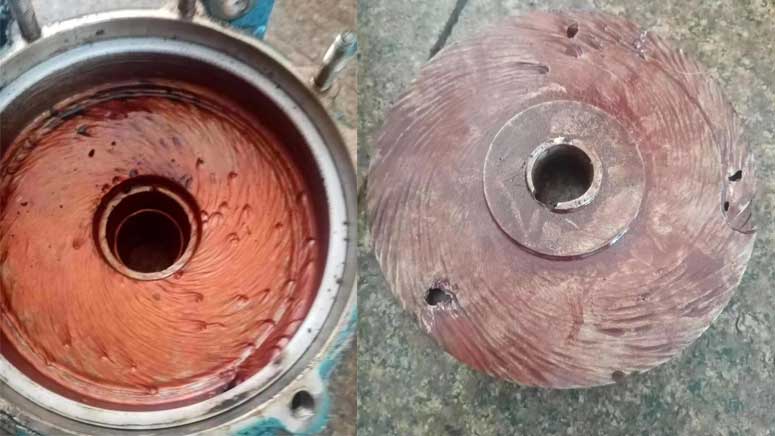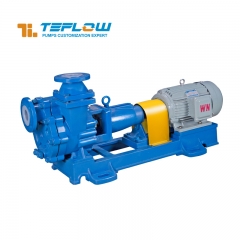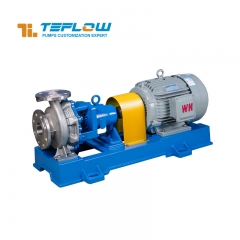Cavitation is a common problem in the operation of chemical pumps, which can lead to performance degradation and equipment damage. This article will explore the causes of cavitation in chemical pumps and the corresponding solutions to help users effectively address cavitation issues and ensure the normal operation of pumps.
Ⅰ.Causes of Cavitation
1.Improper Pump Design:
Poor pump design, such as inadequate inlet design or improper impeller design, can lead to cavitation.
2.Insufficient Inlet Pressure
Insufficient inlet pressure of the pump can cause liquid vaporization, leading to cavitation.
3.High Liquid Temperature
In high-temperature environments, the release of gases in the liquid increases, increasing the likelihood of cavitation.
4.Improper Operating Conditions
Improper operating conditions such as excessive pump speed or excessive vacuum can also cause cavitation issues.

Ⅱ.Countermeasures
1.Optimize Pump Design
Optimize the design of pumps with existing design problems or consider replacing them with suitable pump types.
2.Increase Inlet Pressure
Increase the inlet pressure by increasing the height of the inlet pipeline or installing a suction pump to prevent cavitation.
3.Control Liquid Temperature
Pay attention to controlling the liquid temperature to avoid excessively high liquid temperatures that can cause cavitation.
4.Adjust Operating Conditions
Reduce the pump's operating speed and decrease the vacuum level to reduce the occurrence of cavitation.
In summary, cavitation issues in chemical pumps may be caused by various factors, but appropriate solutions can be adopted for different causes. Through proper design and operation, cavitation issues can be effectively prevented and resolved, ensuring the normal operation and longevity of chemical pumps.





 +86 18130251359
+86 18130251359 teflowpumps@tlpumps.com
teflowpumps@tlpumps.com











 +86+0563-5093318
+86+0563-5093318
